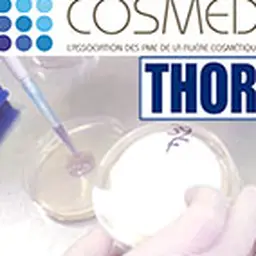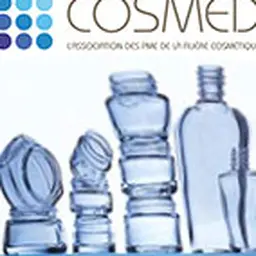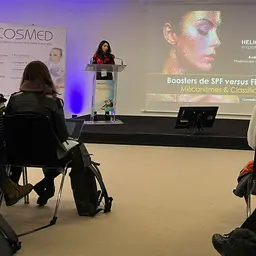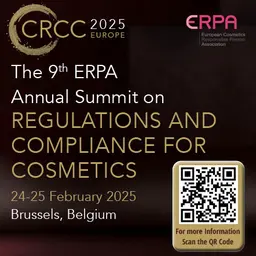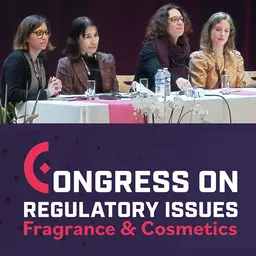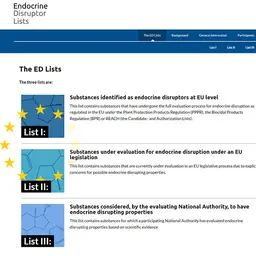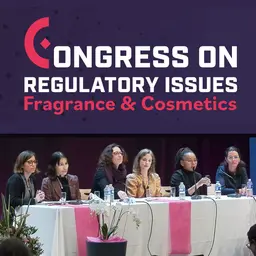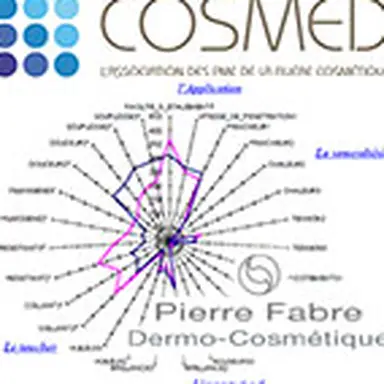
Why and how does a cosmetic product please consumers? How can this aspect of the product be measured, and, more importantly, how can stability be ensured for the criteria that come into play over time, thus ensuring that the cosmetic product is just as pleasurable? Irène Bacle, who runs the sensory analysis laboratory at Pierre Fabre, discussed this topic at the Cosmed Technological Day in Toulouse on 3 December.
Sensory analysis is gaining ground in cosmetics. Sensory? Analysis? These two terms seem to contradict one another, with the first referring to very subjective sensations and the second referring to objective techniques. But there are indeed ways to combine the two in a single, useful method, as Irène Bacle pointed out right at the start of her presentation.
The bases
Sensory analysis consists of objectivising subjective sensory perceptions. This involves two processes:
• Establishing a sensory description of products to guide innovation and renovation
• Getting to know consumers in different countries in order to understand their expectations and how they interact with the products.
The objective is to link the products’ sensory characteristics to consumer perceptions, for two direct applications:
• Controlling the organoleptic quality of the products and their stability
• Guiding design and development, and validating claims.
Sensory analysis is a set of comparative methods used to evaluate the organoleptic characteristics of a product, which are the characteristics perceived by the senses:
• Smell (odours, fragrances, etc.)
• Hearing (the click of a case closing, etc.)
• Taste (flavours, etc.), for food in particular
• Sight (phase separation, colour, shape, etc.)
• Somatic senses/touch (roughness, temperature, flexibility …

